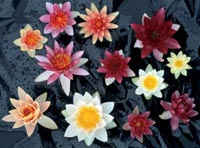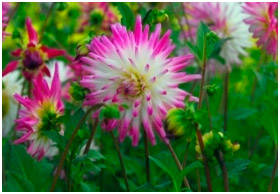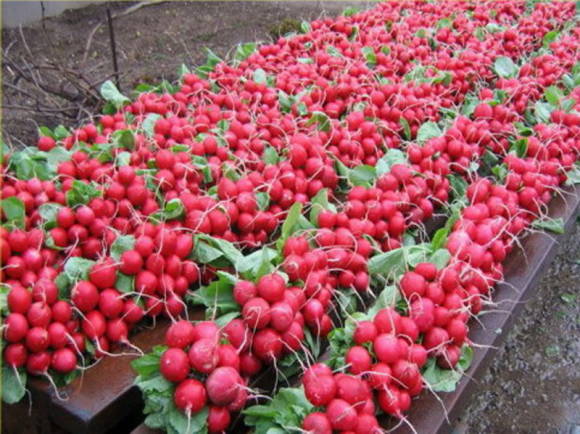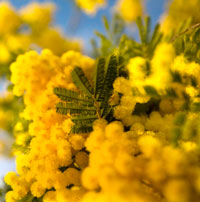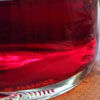 |
... What was especially pleasing to the eye in this April forest, what made my walks truly festive - these are amazing flowers among the still monotony, making their way through the deciduous felt. Maybe somewhere in the midst of the June colors they would not have struck so much with their brightness, but now they burned and sparkled like jewels. On one stalk rested, hanging down, multi-colored corollas. One corolla is red, the other is blue, and the third is purple.
Like most people who live on earth among flowers and admire their beauty, I did not know the name of these early spring guests. Rather, I wandered over to visit them. They lived here as legal and ancient inhabitants of the forest. True, in that they look like guests that have faded and - no. At the end of May, I didn’t meet my spring acquaintances.
Since I assumed in advance that somewhere I would definitely have to mention these flowers, I had to find out their name. I was very much afraid that they were called somehow uninteresting, official, scientific, and their name was more suitable for a scientific article than for frivolous notes about a spring forest.
My then ten-year-old daughter, whom I always taught different earthly names, taught me for the first time. "Yes, it's a lungwort!" she exclaimed, as if all these ten years she had been doing nothing but collecting lungwort. I was delighted. What a wonderful name. We can say that I was lucky. Lungwort!
To check the information obtained from a not so reliable source, I went to the botanical atlas of Monteverdi. I found my flower on a colored table, I read the name: "Medicinal pulmonary". Fu, you, sin, gives off a pharmacy and an emergency room. Pulmonary ... This is more suitable for the name of the disease than for a fresh, infinitely beautiful flower among the ash last year's foliage.
Without any hope, I also looked into a book about medicinal plants in our country. I reread the long index of titles. There is no pulmonary disease. I find a lungwort, and what then? Yes, it is she, my lungwort, her multi-colored bells. It is even said that at first ... but would you like to enlighten with me: “... A perennial herb of the borage family. It has a thin creeping dark brown rhizome with long cord-like adventitious roots. Stems fifteen to eighteen centimeters high, leaves are entire, pointed, sometimes with whitish spots. The flowers are of medium size, regular, bisexual, dimorphic, sitting on short pedicels located at the tops of the flower-bearing stems. Corolla falling, funnel-shaped, initially red, then purple, and finally blue. Blooms in April, May. The herb is used in folk medicine as a slimy, emollient. " But let's leave the scholarly book until the ambulatory smells again. The main thing is that we found out that after all, it is a lungwort and why there are multi-colored bells on one stalk. In another book I read that blue flowers are visited only by occasional inexperienced bees, because there is no longer any sweetness in them.
But sweetness is sweetness, and beauty is beauty. In an untidy, leafless and grassless forest, the flowers of the lungwort were like a wonderful fairy tale for me. They still stand before our eyes.
An excerpt from the book "For mushrooms"



